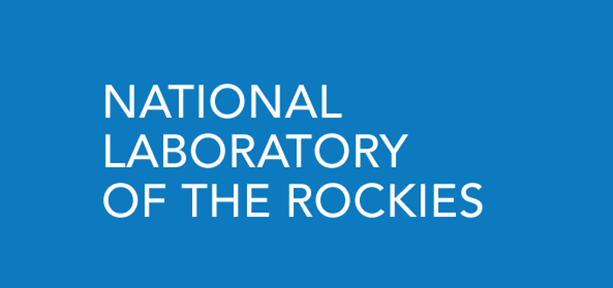Forest Sustainable and Economic Analysis Model (ForSEAM)

Abstract:
ForSEAM is a linear program that solves for county-level woody biomass availability from timberland. It accounts for county-level timber stand age class distribution, growth and yield, stumpage prices, and harvest costs. The model includes sustainability constraints according to stand type, slope, and proximity to roads. ForSEAM and meets demands for conventional forest products (pulpwood and sawtimber) before evaluating feedstock availability as a function of shadow price. Sawtimber is not harvested for biomass, reflecting forest economics that would preclude allocation of large-diameter trees to low-value biomass feedstocks. The model is developed and maintained by Burton English and Lixia He at the
University of Tennessee Department of Agricultural Economics.
Model/Tool Platform:
GAMS/CPLEX
General Modeling Type:
Hybrid / other: Partial Equilibrium model (linear optimization)
Primary analytical purpose:
Feedstock market assessment:
Assessment of potential feedstock resources using an approach that evaluates the market sector producing the feedstock (e.g., agriculture or forestry).
Secondary analytical purpose:
Feasibility/Implementation assessment:
Assessment of the feasibility or implementation of technologies and feedstocks in terms of operations or in the context of their landscape or market.
Metric categories:
- Environmental:
- Environmental Productivity (feedstock-related, e.g., NPP or yield)
- GHG Emissions
- Socio-economic:
- Process Productivity (conversion-related, e.g., yield)
- Techno-economic Impact
- Trade
- Other Socio-economic (e.g., GDP impact, Investment/NPV)
Geospatial resolution:
Regional/Watershed
Temporal resolution:
Years
Laboratory:
ORNL - Oak Ridge National Laboratory
Principal investigator:
Matt Langholtz
Model start year:
2015
Model last updated:
2017
Development status:
In Development
Level of validation/review:
External Peer Review
Links:
Model scope:
Biomass Supply
Feedstock Logistics
Conversion
Distribution
End Use
- Feedstock Types
- Forest Residues
- Forest Resources
- Products/Process Outputs
- Biopower
- Other Process Output
1
2
3
4
Analytical Purpose
Supply Chain Elements
Biomass Supply
Feedstock Logistics
Conversion
Distribution
End Use
Information last updated: Sep. 17, 2019 13:45:46 EDT
